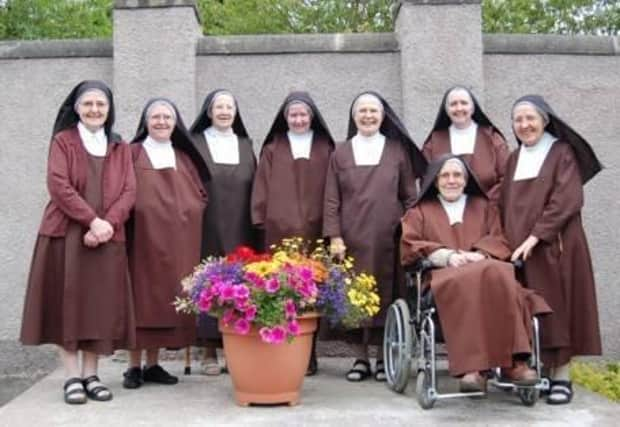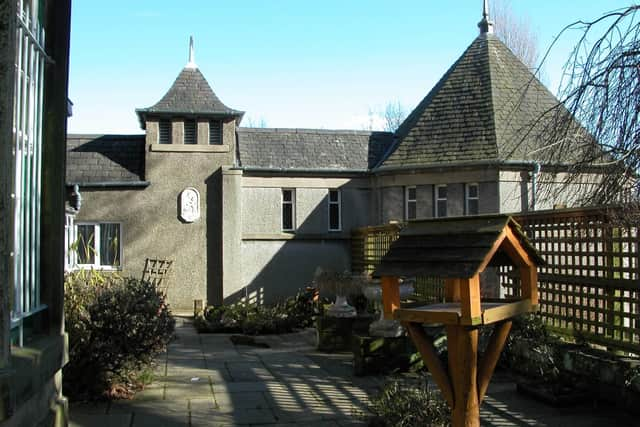Explaining Falkirk district street names brings history to life


I am writing this while under lock and key on the day I was supposed to be talking to the members of Falkirk Rotary Club.
The subject chosen by the club was the Street Names of Falkirk District, a subject near to my heart as those who read this column will know very well. The names given to our roads, lanes, street, wynds and closes are a simple and powerful reminder of many aspects of our local history, like what our forefathers did, where they did it and who they were.
Advertisement
Hide AdAdvertisement
Hide AdI think the club chose the topic following a proposal by former Provost Pat Reid that the signs might include a few words of explanation as well as the name itself.


For example, I wonder how many people in Larbert, even in the street itself, think Robert Bruce Court is a homage to the great King of Bannockburn fame?
The truth is that it is a memorial to Rev. Robert Bruce, one of the most powerful of the Scottish Ministers in the years after the Reformation, who lived in Kinnaird House and is buried in Larbert Old Churchyard.
It was said that he was second only to King James VI in the power structure of the Kingdom in the late 16th Century.
Advertisement
Hide AdAdvertisement
Hide AdI think Pat’s idea is a great one but, of course, it would be very difficult and expensive to implement with thousands of signs already in place.
However when new ones come along it would be possible to make a start. That’s why I was disappointed that two recent examples carried on the old way and therefore missed the chance to tell us, and future ‘bairns’, why they were chosen.
The first is Carmel Gardens on the road running alongside the old Infirmary in Gartcows.
The new houses have been built on what were the gardens of the former Carmelite Monastery (known to all as ‘the convent’) where the nuns lived from 1931 until a couple of years ago.
Advertisement
Hide AdAdvertisement
Hide AdIt is great that the name reflects this important part of our history, but why not a few words of explanation? And why ‘Carmel’ instead of ‘Carmelite’?
No doubt some future observer will be looking for evidence of an old sweetie works!
The other one is Sikorski Gardens in the grounds of the former Woodside House opposite Williamson Street which was the home of the SPK Dom Combatanta, the Polish Ex-Servicemen’s Club, from the 1950s until recent years. General Wladyslaw Sikorski was the Prime Minister in exile and commander of the Polish Forces in Britain during the war, with Scottish headquarters at Tulliallan House.
Years ago I met one of his aides-de-camp who was based in Falkirk and used to travel back and forward with messages and orders. Most people of my vintage are well aware of Sikorski, but what about in the future? What will the passers-by or the residents make of the name then? Again, a few words of explanation would have made all the difference.
Advertisement
Hide AdAdvertisement
Hide AdThere are many more examples, some of them of fairly recent date, including Nobel View in Reddingmuirhead, a street that overlooks the former explosive works founded by Alfred Nobel, one of the most famous men in the world, who lived in Hawthorn Cottage in Laurieston for a time. Then there is Kemper Avenue, which reminds us of Falkirk’s former twinning arrangement with Quimper in Britanny, and older names like Cockburn Street – it would be simple enough surely to add in small letters ‘Malcolm Cockburn, Ironmaster and Provost of Falkirk, 1879-1883’.
Falkirk has a great history and these days we need to take every opportunity to tell people about it.